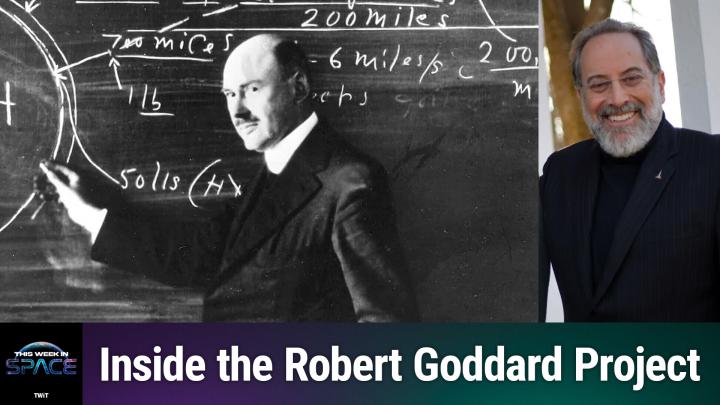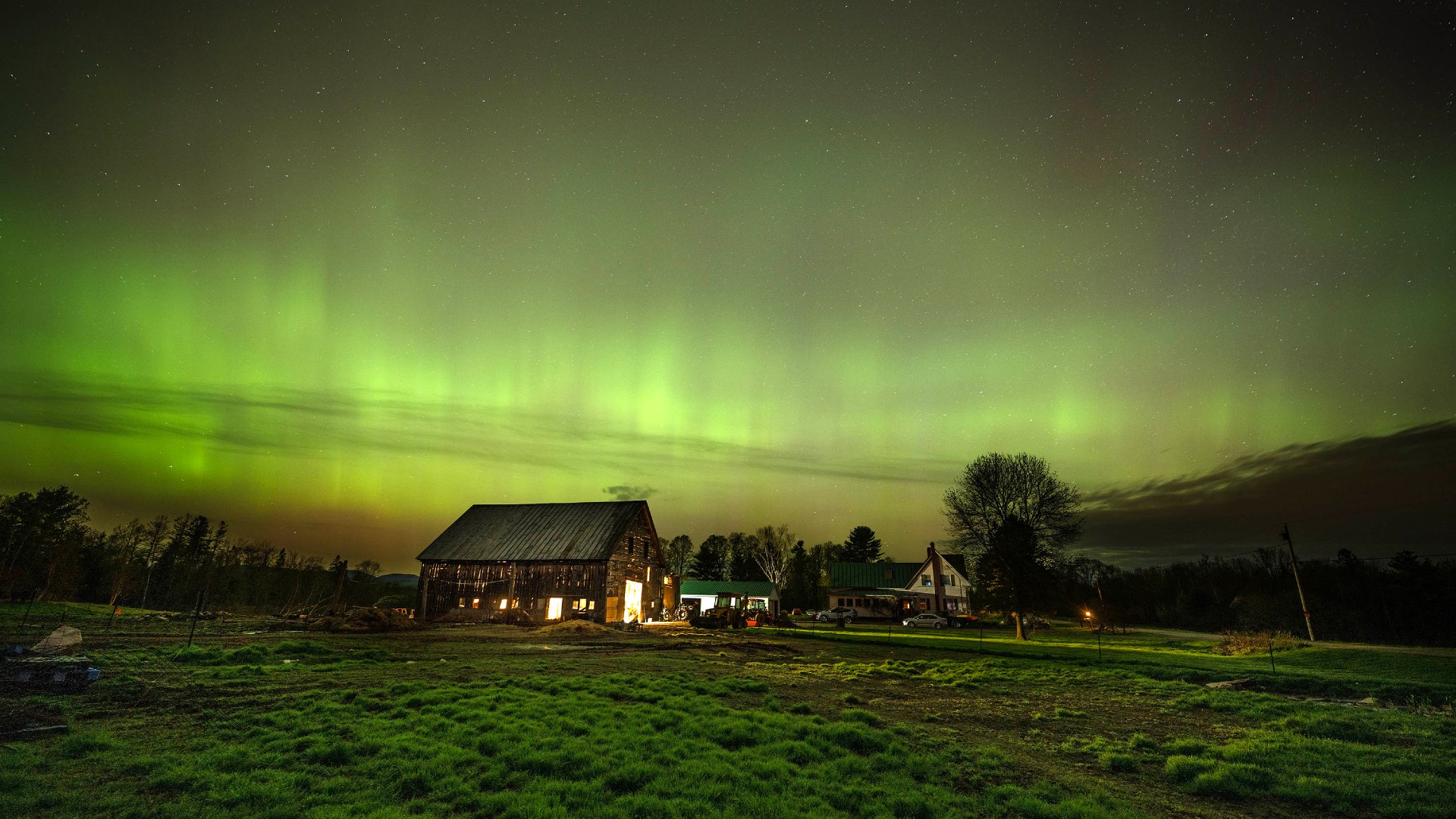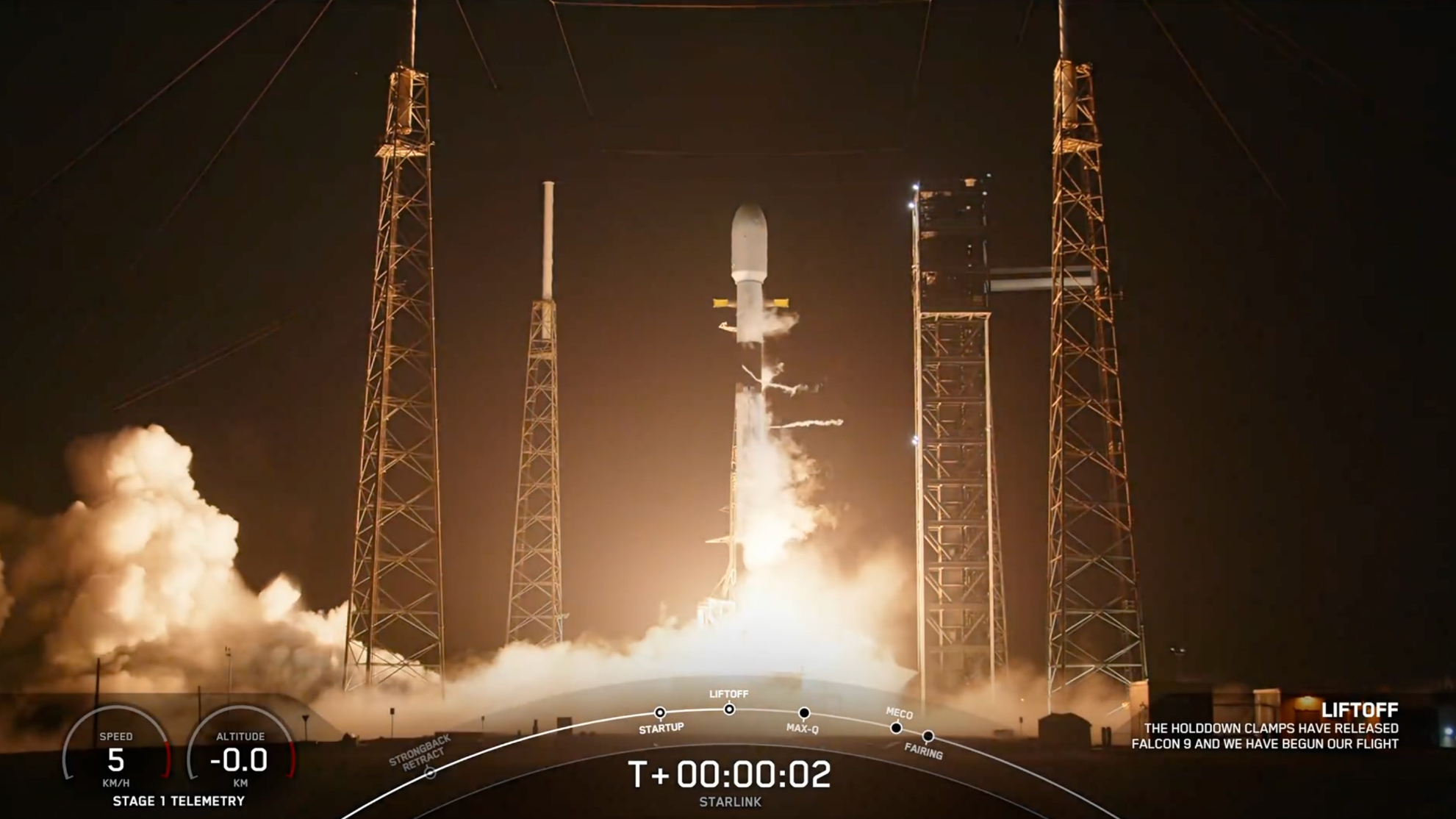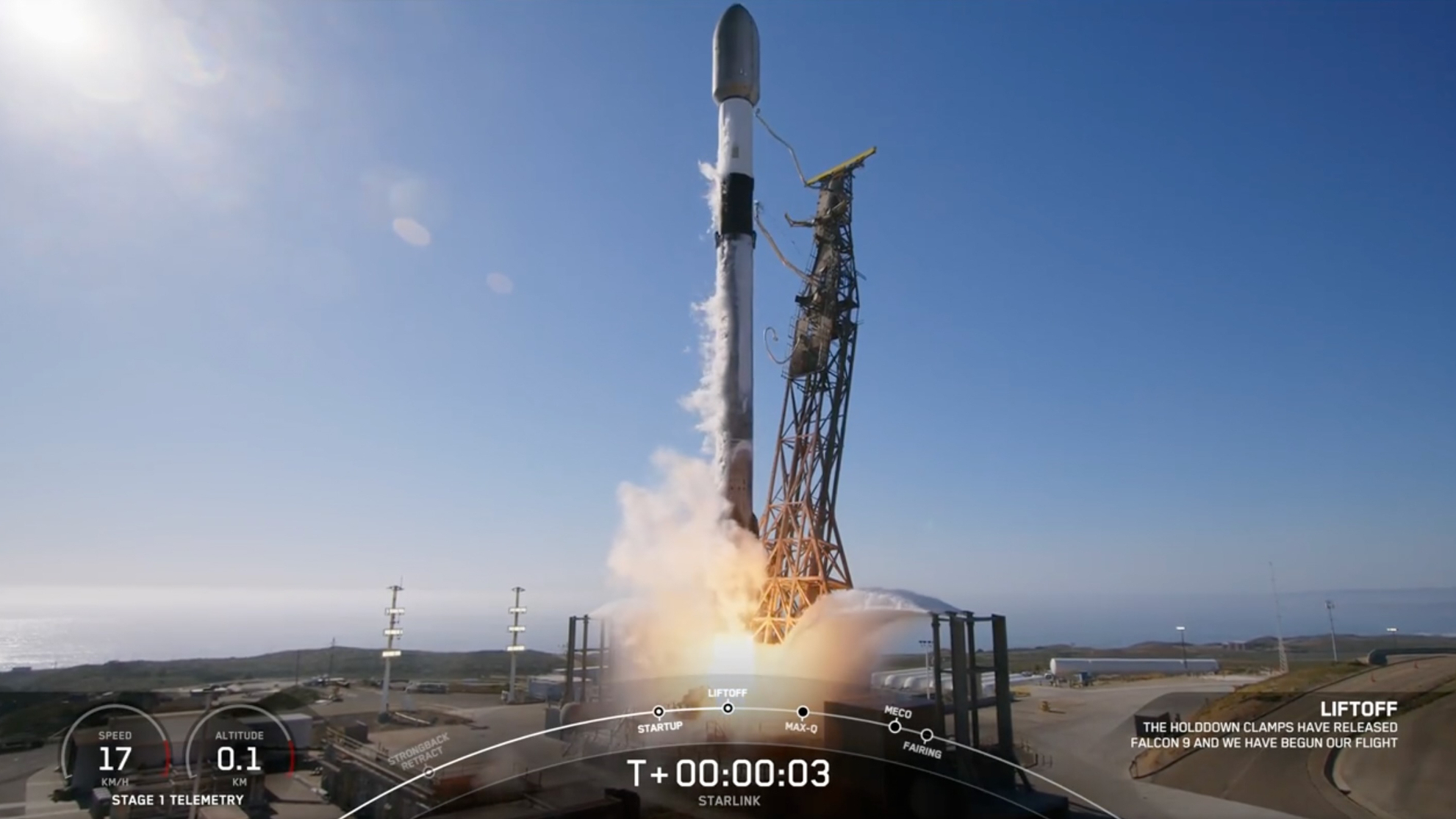This monster black hole is spinning much more slowly than others. Scientists want to know why.
The black hole is one of the most massive black holes scientists have ever spotted.

Typically, black holes spin really fast — near the speed of light. But astronomers have noticed that one monster black hole is spinning much more slowly than most smaller black holes.
The finding may reveal clues about how these supermassive black holes form. Located at the center of quasar H1821+643, some 3.4 billion light-years from Earth, this supermassive black hole is between 3 billion and 30 billion solar masses, making it one of the most humongous black holes scientists have ever discovered. (For comparison, Sagittarius A*, the supermassive black hole at the center of the Milky Way, is only about 4 million solar masses.) By analyzing data from NASA's Chandra X-ray Observatory, the scientists calculated how fast the monster black hole is spinning.
"We found that the black hole in H1821+643 is spinning about half as quickly as most black holes weighing between about a million and 10 million suns," Christopher Reynolds, an astronomer at the University of Cambridge and co-author of a study describing the results, said in a statement. "The million-dollar question is, why?"
Related: Around a monster black hole, smaller black holes collide in strange ways
The team thinks the answer might help to explain how the supermassive black hole — and others like it — formed.
One leading hypothesis suggests that supermassive black holes form from collisions between two smaller black holes. During the violent merger, the black holes may experience dramatic changes in spin as the gravitational forces pull the black holes in different directions, which could cause the resulting supermassive black hole to turn more slowly. Smaller black holes (non-supermassive ones), on the other hand, are thought to form as they accumulate material from a disk of gas that surrounds them, which feeds into their spin in a single direction and allows the black holes to gain speed rapidly.
If this hypothesis is true, younger supermassive black holes would often demonstrate slower spin rates, while older ones that have had time to build up their speed would have faster ones. Overall, there would be a wide range of spin rates found across supermassive black holes. So far, that has been the case. Sagittarius A*, for instance, is estimated to spin at just 10% the speed of light, compared with H1821+643's spin rate of 50% the speed of light.
Get the Space.com Newsletter
Breaking space news, the latest updates on rocket launches, skywatching events and more!
Determining the speed at which supermassive black hole H1821+643 spins brings us one step closer to an answer, but scientists will need to study the spin rates of more supermassive black holes to prove this idea.
The study was published June 21 in the journal Monthly Notices of the Royal Astronomical Society.
Follow Stefanie Waldek on Twitter @StefanieWaldek. Follow us on Twitter @Spacedotcom and on Facebook.
Join our Space Forums to keep talking space on the latest missions, night sky and more! And if you have a news tip, correction or comment, let us know at: community@space.com.

Space.com contributing writer Stefanie Waldek is a self-taught space nerd and aviation geek who is passionate about all things spaceflight and astronomy. With a background in travel and design journalism, as well as a Bachelor of Arts degree from New York University, she specializes in the budding space tourism industry and Earth-based astrotourism. In her free time, you can find her watching rocket launches or looking up at the stars, wondering what is out there. Learn more about her work at www.stefaniewaldek.com.









